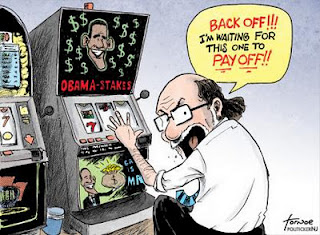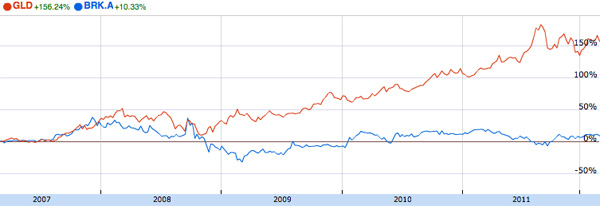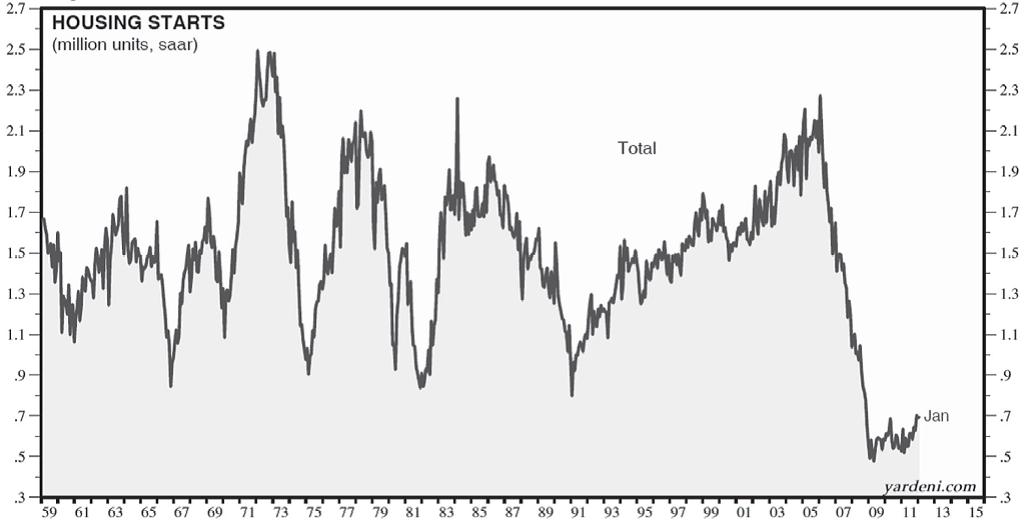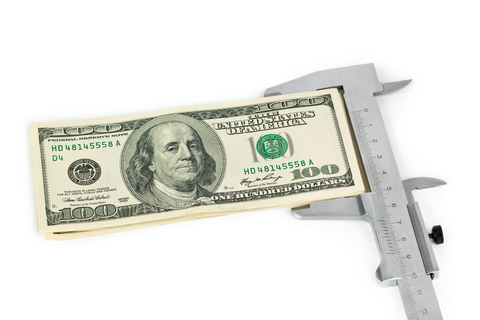
Most people are prisoners, thinking only about the future or living in the past. They are not in the present, and the present is where everything begins.–Carlos Santana
Part 1: http://wp.me/p1PgpH-xz
This chapter should teach the importance of analyzing companies’ competitive behavior within an industry.
Part 2: When a competitor wants to be “deviant,” how can others in the market control the deviant behavior?
It is possible to change the environment by making adjustments that support cooperation and control non cooperative behavior. These adjustments work by making deviant behavior less rewarding and cooperation less costly into two categories: structural and tactical.
Structural adjustments are prior arrangements that directly limit the consequences of deviant behavior.
The most elegant structural adjustment is for competitors to arrange their businesses to stay out of each other’s way by occupying separate and distinct niches in the market. These niches can be defined by geography, by field specialization, even by times of the day.
The first structural adjustment to make, then to escape the prisoner’s dilemma is to avoid direct product competition. The adjustment can actually increase the consumer choice, as in the Pan Am decision to fly on the half hour. It can also cure duplicative overhead, and in the case of the expertise needed in the auction houses, and enhance economies of scale, as in the examples of Wal-Mart and Coors, where the advantages diminished as they moved further afield.
Customer loyalty programs, if properly designed, are a second structural adjustment to limit the consequences of competitive price reduction. For example, frequent-flier programs offer customers benefits like free flights or upgrades as they accumulate miles flown on a particular airline. Two critical aspects in the design of these programs are generally absent: first: rewards must be tied to cumulative, not merely current, purchase so that they build customer loyalty over time; second and the rate at which rewards accumulate should increase with increasing volume. This last point is important, because if each mile flown earns the same unit of rewards, the program is simply a general price discount. Customer captivity is strengthened with that airline if greater awards are given.
A third way of adjusting the structure is to limit output capacity in the market, If firms agree to restrict the amount of product that can be offered for sale, and they abide by that agreement, the benefits of price cutting by many of them will be sharply reduced or eliminated entirely. The price-cutting firm gains nothing if it cannot supply the additional customers it tries to capture by lowering its prices. Indeed, in many industries, the major problem arising from the installation of more capacity than the market can support is not the direct costs of creating and serving the capacity. Rather, it is that with additional capacity available, a firm is tempted to lower prices in the hope that by winning more customers, it can make use of the new factories equipment, space, time or other assets. The price war that is likely to result undermines profitability not only on the new business attracted, but on the pre-existing business as well. Restriction of air time by media companies is an example.
A fourth kind of structural adjustment that also requires universal compliance by incumbents is the adoption of pricing practices that raise the cost to any firm that lowers its price. One typical arrangement is a so-called most-favored-nation (MFN) provision in industry pricing contracts. Under the MFN provision, if a firm offers a lower price or better terms to one customer, it must offer the same price or terms to all its customers. This policy keeps a company from poaching selective customers by offering lower prices because any price reduction applies automatically to all of its customers. Firms are discouraged from cutting prices to gain new business.
Another structural adjustment that restricts price competition is an agreement to limit purchasing and pricing decisions to a specific and narrow window in time. The television networks and other medial have used preseason advertising purchase markets that operate for two to three weeks before the beginning of the annual season. During this period, advertising is implicitly sold for less than it will cost later on the spot market. By keeping the buying period short, the suppliers make it difficult for customers to play suppliers off against one another. The resulting “orderly” markets are less vulnerable to the threat of successive price reductions to which anxious medial sellers might resort to fill slots if the purchasing period went on indefinitely.
Social interactions within an industry may serve as an informal but still powerful restraint on competitive behavior that undermines collective price discipline. Where there are industry norms that involve “fair” pricing among the firms, they may be strengthened by the added social stigma that attach to a deviating company. Thus, industries like ladies’ undergarments, which have been characterized by remarkable discipline over many decades, tend to be industries in which the owners and managers come from similar backgrounds or geographic areas.
A final structural adjustment that restrains the degree of price and feature competition within an industry is the basic reward system, both formal and informal, within the competing firms. If a firm’s bonus, promotion, and recognition systems, values sales growth over profitability, then controls on price cuts that boost volume at the expense of profits are likely to be weak. Price competition within the industry is likely to be intense, and it will be impossible to maintain relatively high prices.
Tactical Responses
Tactical adjustments are prior commitments to respond to deviations by a single firm. Their purpose is to reduce the benefits of deviation and lead the transgressor back to cooperation.
As complements or alternatives to structural adjustments, they can help inhibit direct competition. Any successful tactical response in a prisoner’s dilemma/price competitive situation requires two components: an immediate–even automatic–reaction to a competitors’ price reduction, and a simultaneous signal of a willingness to return jointly to higher prices. The first component makes certain that a firm that cuts prices never benefits from any reductions it has initiated. A firm under attack counters immediately and even automatically by matching the new, lower prices.
The second component, the signal of a willingness to raise price jointly, is necessary to make sure that the firms not remain mired in the low-price environment created by the initial price cuts and the immediate and often automatic matching responses.
“Best industry price contracts: are examples of an automatic price response strategy. Such contracts provide reimbursement to customers if the price the customers pay is higher than one veritable offered by an industry competitor. “Meet or release” contracts are another automatic response, with the added benefit of not requiring the firm to match a rival’s price if it things it is too low for anyone to make a profit.
Firms must respond aggressively and automatically to a competitor’s price war.














